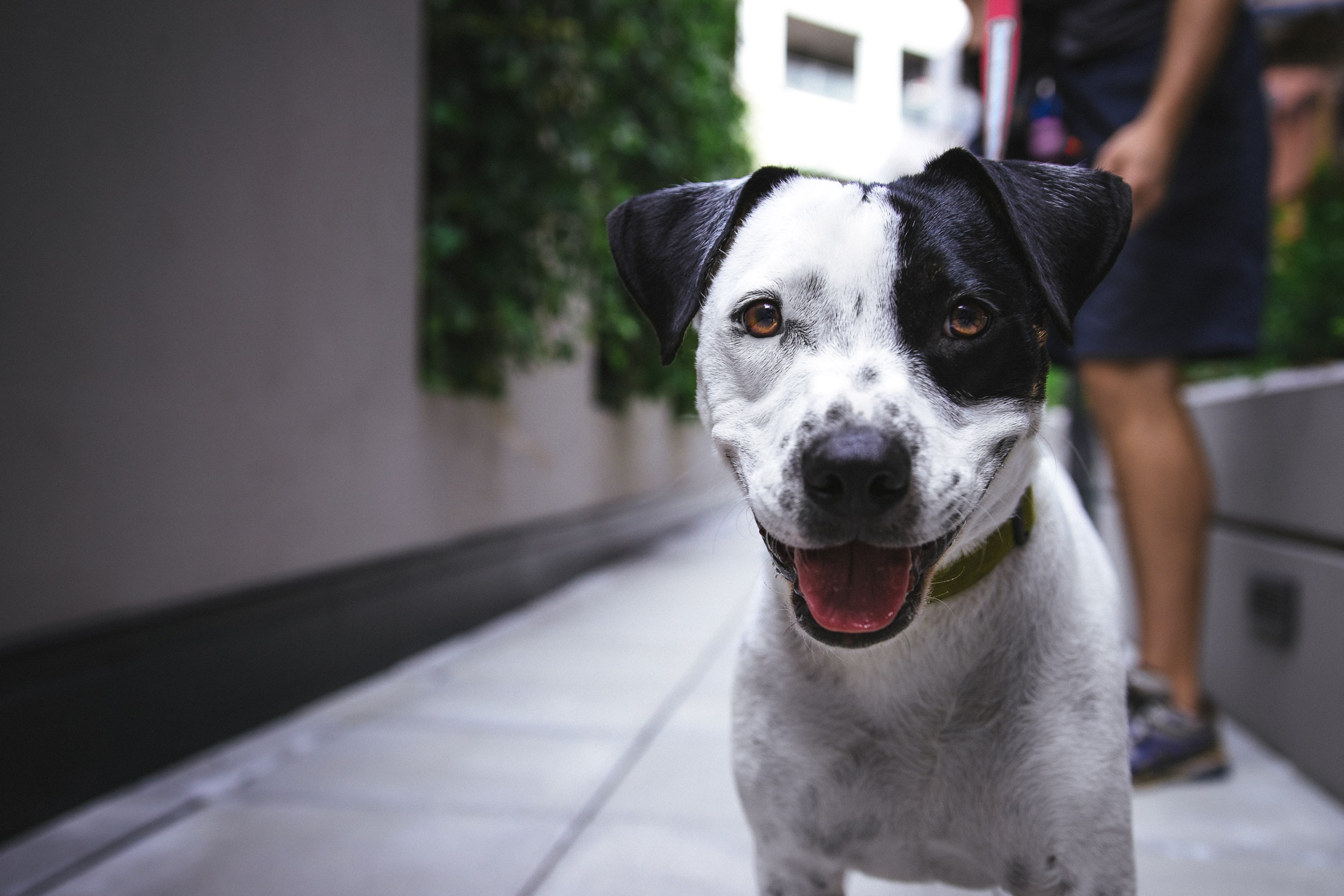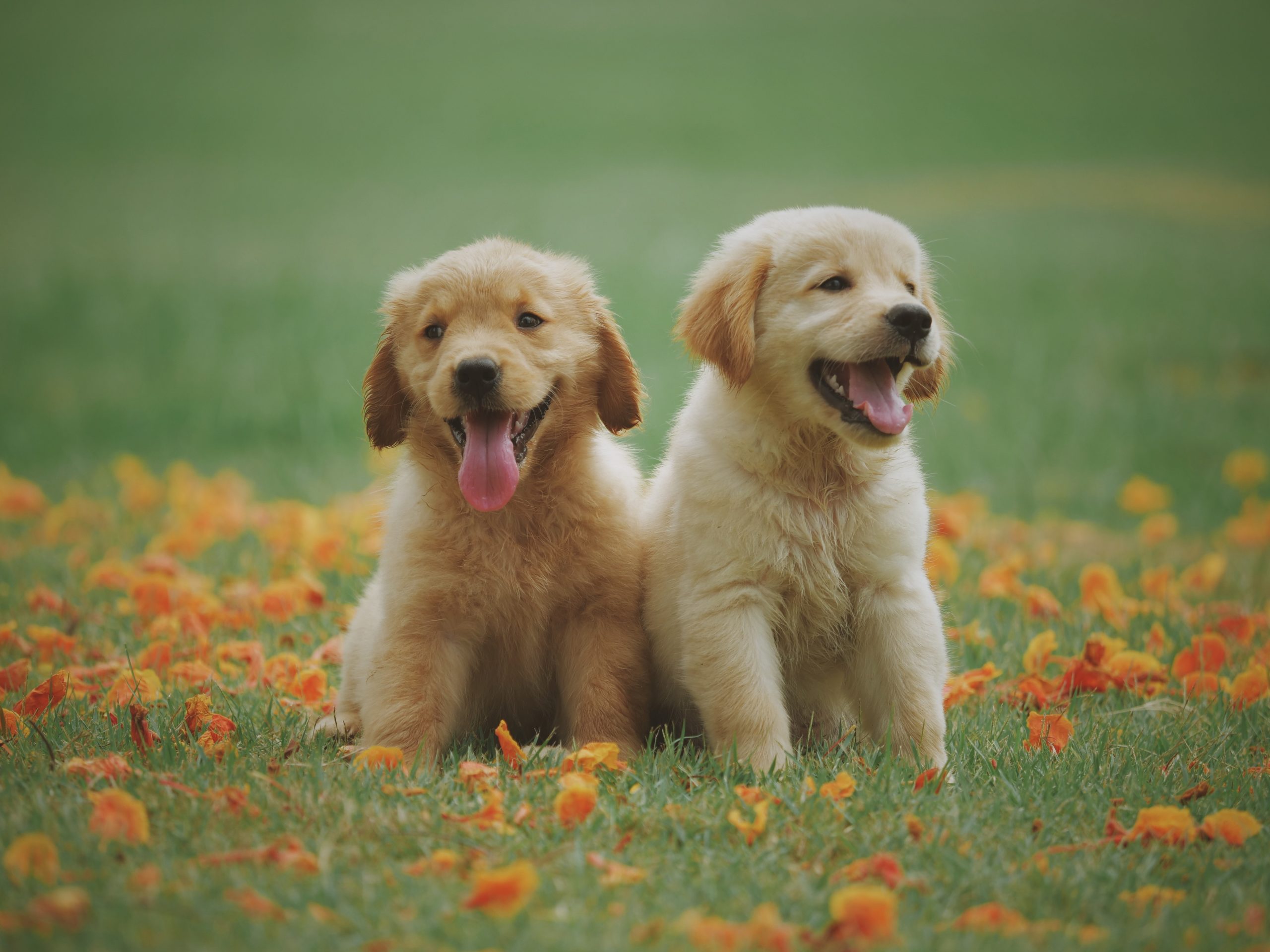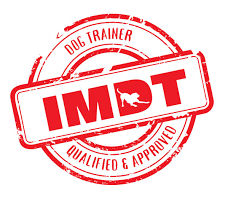Toilet training a puppy is an essential part of responsible pet ownership. By following these tips, you can ensure that your pup learns quickly and has a successful experience.
Top tips for puppy toilet training from Royvon Professionals
Toilet training a puppy is an essential part of responsible pet ownership. By following these tips, you can ensure that your pup learns quickly and has a successful experience.
Step 1 – Good equipment is the basis of puppy toilet training
It is a good idea to buy puppy mats. The middle of the mat is made of cellulose fibres that absorb moisture, and the waterproof bottom prevents the liquid from escaping. In addition, many puppy mats absorb the unpleasant smell of urine. Mats can be bought at pet stores, but you can also use mats for people, which are much larger, cheaper, and more durable. The puppy mats must be large enough for the puppy to have no problem hitting the mat when peeing because they can miss when the front paws are on the mat, but the rear paws and the contents of the bladder are on the floor.
Mats have the advantage that they can encourage your dog to reuse them. Dogs have a tendency to settle in one place. So, if something smells like urine, there is a good chance that the dog will settle in the same place again.
Step 2 – Teaching a dog to get it done in a designated place
Puppies have been coded to not do toilet in the place where they sleep. A good breeder should use this habit and half the pen should be lined with hygienic mats and the other half with sleeping mattresses. Thanks to this solution, puppies learn to do toilet on mats from an early age, which eases the work of new owners.
If your dog has not been taught this way, we have two solutions. One is to put the mats wherever is possible, observe where the dog does its business and gradually take away unused mats. The second is to establish one place and direct the puppy to it whenever we think it is getting ready for a toilet. The first method spoils the interior design but avoids many surprises. The second method requires constant observation of the puppy and good reflexes.
No matter what strategy we choose, you always have to praise the dog for doing its business on the mat. Do not punish for mistakes or stick your dog’s nose in the mess. This only introduces unnecessary stress and teaches the dog how to eat its poo.
So, what should you do if a setback occurs? Clean up and make sure that you have thoroughly removed the smell (the smell will tempt the puppy to repeat the crime). Let’s focus on rewarding the puppy for successes!

Step 3 – Training how to do things outside
In the beginning of puppy toilet training, you have to be prepared for frequent walks. The puppy’s bladder is small and fills up relatively quickly. In addition, a puppy cannot restrain as long as an adult dog. Therefore, you should go out with it at least every 2 hours, but preferably every hour. And you definitely need to take the puppy outside right after waking up, after drinking, eating, and having fun. These are the most common times that puppies want to do toilet. As in step two, we praise the dog for successes and ignore defeats. However, even if you manage to maintain cleanliness during the day, you need to be prepared that the puppy will not sleep through the night without peeing. Therefore, you should leave mats spread out on the floor at night.
How long does it take to toilet train a puppy?
It typically takes 4-6 months for most puppies, but some may take up to a year.
Activities, eating habits and emotional factors contribute to your puppy’s bladder control. Physical attributes such as size can also play a key role – for instance, smaller breeds have smaller bladders and higher metabolisms which require more frequent trips outside.
At what age should a puppy be toilet trained?
Puppies between 12 and 16 weeks of age are developmentally ready to start learning how to hold their bladder and bowel movements. The early stages are usually the most challenging – so getting started as soon as 12 weeks will set you up for success down the road.
At what age should the puppy go all night without going to the toilet?
There is no clear answer here. Some dogs learn complete cleanliness at the age of 5, while others learn at the age of 8 months. Every dog will learn cleanliness sooner or later. We, as owners, can only accelerate this process by rewarding the dog for doing its business in the right places, calmly and consistently walking the dog, and cleaning up after them!
Frequently Asked Questions
What’s the fastest way to potty train a puppy?
Take your puppy outside frequently to potty train them quickly. Picking a spot outside and rewarding your pup after the business is done will help speed up the process. Do it frequently and around the same time – you’ll have a well-trained pup in no time!
A quick tip: empty their water bowl around 2 hrs before bedtime. This will save you from having to clean up after them in the middle of the night!
How long after a puppy eats do they poop?
If you’re keeping your puppy on a regular meal schedule, you should expect them to poop and pee after each meal. Wait about 20 minutes (or as directed by your veterinarian) after a pup eats before taking him outside for some evacuation time. Younger puppies may need to go outside sooner than older ones. Just be aware of when the puppy eats.
If you think that’s too much hassle, bring your dog to Royvon!
At Royvon, we know that every dog and family’s circumstances are different! That’s why we’re dedicated to helping as many dog owners as possible with their pets, big or small. If you’d like tailored support with your new puppy or dog, please don’t hesitate to book a training session with us!





Leave A Comment